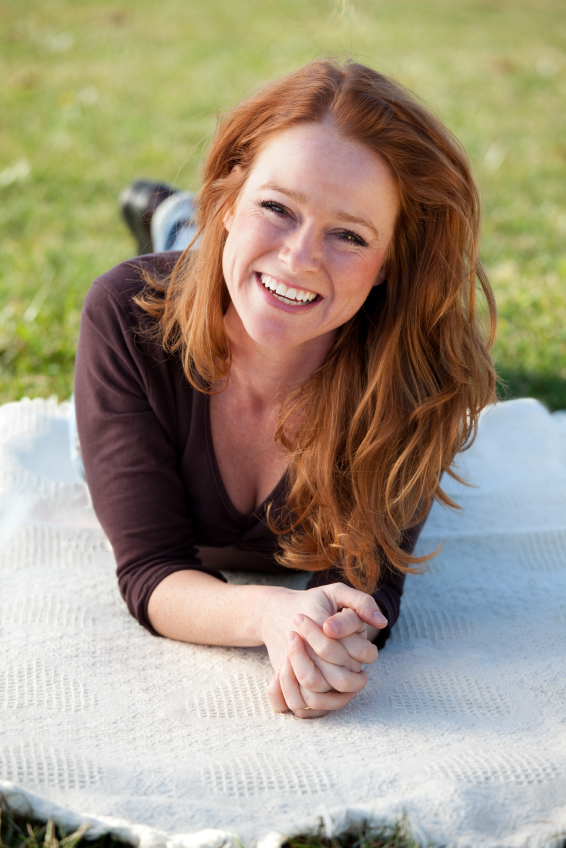Every henna and ayurvedic hair recipe requires a liquid when mixing it into a paste for use. There are so many choices and you might be overwhelmed. This guide will direct you to the best liquid choices according to what your end goals are. Your hair focus is where you need to start to determine the right liquid for you and your hair needs.

There are so many choices and we want to break each one down for you.
The first question will be to ask yourself: What is the focus of your hair recipe and your hair goal?
Hair Focus: Color
Treatment every 4-6 weeks
Root touch ups every 2-3 weeks or as needed
- Your liquid must be warm to hot. Not cold, not boiling.
- Keep it Simple Recipe: water, green tea or ACV (apple cider vinegar)
- Lemon Juice: this can help boost the longevity of the dye but it can also drying for normal-dry hair types. We actually advise against lemon juice in your DIY hair recipes due to how drying it can be. Lemon juice is typically the downfall of a person's henna for hair experience (and lack of aloe vera powder in their recipe).
- Boost the Red: hibiscus tea, red rooibos tea, beet juice and any other red liquids/teas
- Boost the Golden: chamomile tea. This would typically be used in an organic cassia recipe. Golden tones won’t come through in a henna recipe.
- Boost the Brown: liquid form of coffee and dark teas. Do note caffeinated liquids can be drying to your hair.
- Moisture: hair oils such as olive oil, castor oil, grapeseed, Black Raven, Organic Argan Oil, Organic Golden Jojoba Oil, Organic Camellia Oil, Organic Amla Oil (great for growth) and our Organic Aloe Vera powder are perfect choices.
- Essentials Oils: these add amazing hair benefits and scent to your recipe.
- Exception: Indigo powder can only be mixed with warm to hot tap water or distilled water. Other liquids will badly affect the proper dye release needed from your indigo powder and more then likely will not work.

Hair Focus: Moisture
Treatment every 2-3 weeks
- Creamy Recipes: coconut milk, yoghurt, glycerine and molasses.
- Honey: this is added to attract moisture into the recipe. It’s also a natural hydrogen peroxide and sometimes used to lighten the hair naturally.
- Shea Butter & Cocoa Butter: ideal to be added when creating a deep conditioning treatment.
- Conditioner: added to create a light, yet moisturizing henna gloss treatment.
- Protein: eggs and other proteins. Do note that henna and ayurvedic herbs do act like protein treatments. If your hair doesn't like protein treatments do not add eggs to your recipe as your hair may come out feeling like straw.
Things You Must Remember:
- When you have a hair focus of color the recipe it can’t be combined with a hair focus of moisture recipe. These are two different areas of focus with two different end goals. One must be done on their own and then you can do the other at another time. Usually 2-3 weeks between each of these two types of recipes is ideal.
- Perishable ingredients that are added to your recipe must be added at the very end as you don’t want to create a rancid recipe especially if it needs to sit out.
- You may have noticed that we don’t give specific measurements of liquids to add to your recipe. Every henna, ayurvedic herb and clay treatment will absorb liquids differently. Just add your liquids slowly until it’s of the proper consistency. Hair recipes should be the consistency of pancake batter (depending on how thick or thing you like your pancakes) or like that of toothpaste.



